The Bengal tiger, renowned for its striking appearance and remarkable strength, has captured the attention of wildlife enthusiasts and zoo visitors for years.
This iconic animal, one of the most endangered species in the world, represents power and beauty, and it is in urgent need of protection.
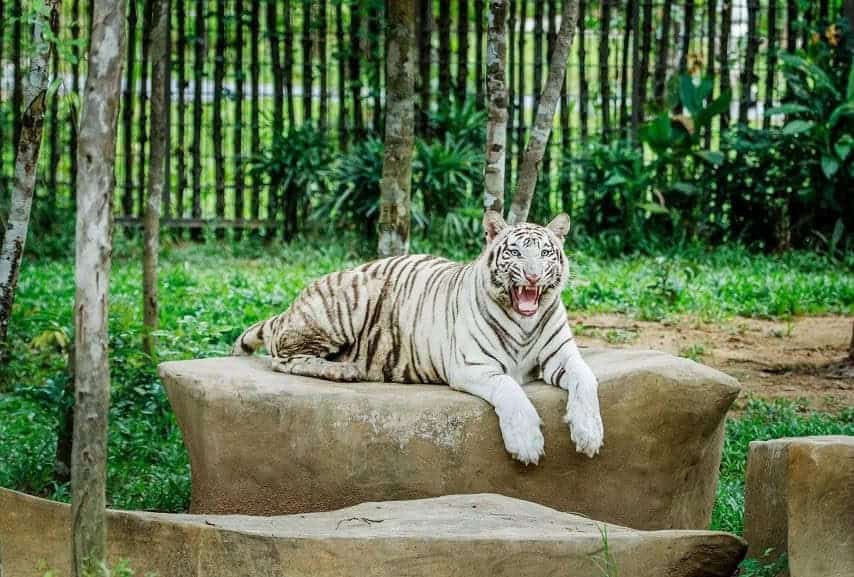
Let’s take a closer look at the Bengal tiger, exploring its origins, natural habitat, size, lifecycle, and feeding habits.
1. The Bengal Tiger: A Majestic Symbol of Strength
1.1 Origin and Features
The Bengal tiger (Panthera tigris tigris) is native to South Asia, where it can be found in countries such as India, Bangladesh, Nepal, Myanmar, Bhutan, and southern Tibet.
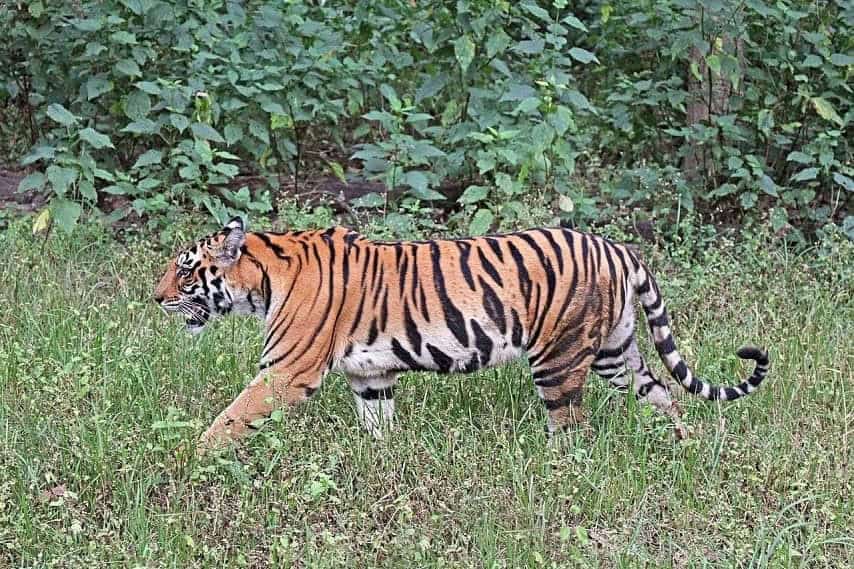
Known for its vibrant yellow-orange coat marked with dark black stripes, the Bengal tiger occasionally produces white tigers due to a rare genetic mutation.
This subspecies holds great cultural significance and is the national symbol of both India and Bangladesh.
1.2 Natural Habitat
Bengal tigers are versatile, living in a range of environments including grasslands, scrub forests, tropical rainforests, and mangrove swamps.

Unfortunately, the Bengal tiger population is rapidly declining due to poaching and the loss of their natural habitats, placing them in danger of extinction.
1.3 Size and Strength
Adult male Bengal tigers typically stand about 1 meter tall at the shoulder, weigh between 180 and 300 kg, and measure 2.7 to 3.65 meters in length (including the tail). Females are smaller, measuring 75 cm tall and weighing between 110 and 200 kg.
While these tigers are already formidable, some wild Bengal tigers exceed 300 kg and grow up to 4 meters long. Their sheer size and power make them one of the most dominant tiger subspecies.
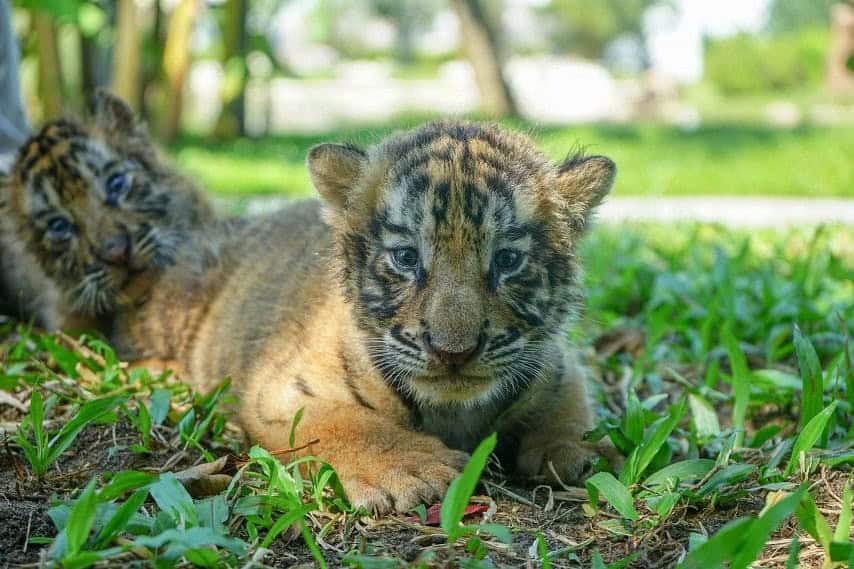
1.4 Lifecycle
Bengal tigers are solitary animals or live in small groups, usually no larger than 3-4 individuals. Males reach maturity around 4 to 5 years of age, while females mature at 3 to 4 years.
In the wild, their lifespan rarely exceeds 26 years. A mother tiger carries her cubs for approximately 3.5 months before giving birth to 1 to 4 cubs.
At around six months old, cubs begin learning to hunt. By 2 to 3 years old, they leave their mother’s care and establish their territories.
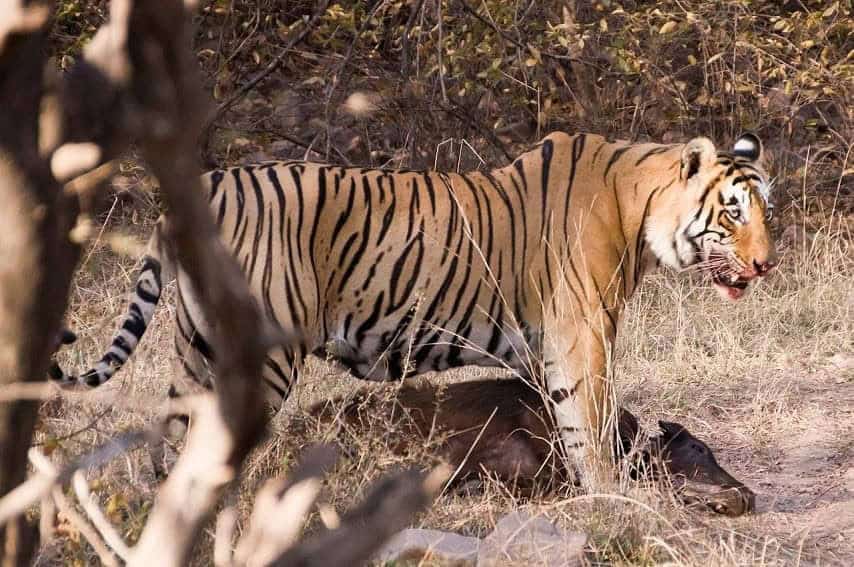
1.5 Diet and Hunting Habits
Bengal tigers are strict carnivores, relying on their fierce hunting skills to catch prey. They primarily hunt medium to large animals, such as wild boar, deer, antelope, and water buffalo.
If food becomes scarce, they may also target smaller animals like rabbits or other carnivores, including leopards and sloth bears.
2. Where to See Bengal Tigers in Vietnam
Vietnam is home to several locations where you can see Bengal tigers and learn more about their behavior and conservation efforts. Notable places include Vinpearl Safari Phu Quoc and the River Safari at VinWonders Nam Hoi An.
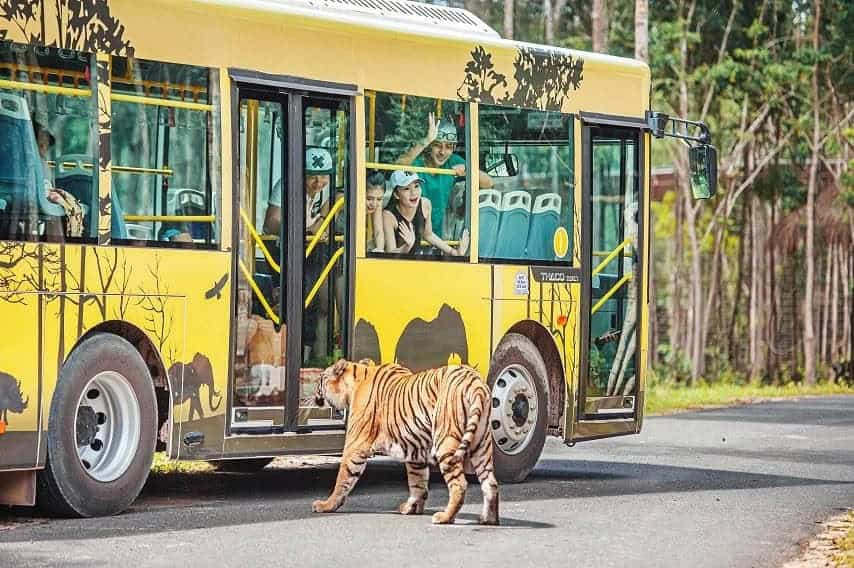
2.1 Vinpearl Safari Phu Quoc
Located in the Bai Dai area of Phu Quoc, Vinpearl Safari Phu Quoc is the largest semi-wild animal care and conservation park in Vietnam.
The park houses a variety of animals, including Bengal tigers, South African lions, and Asian elephants.
Visitors can observe these magnificent tigers up close and even watch feeding sessions scheduled throughout the day.
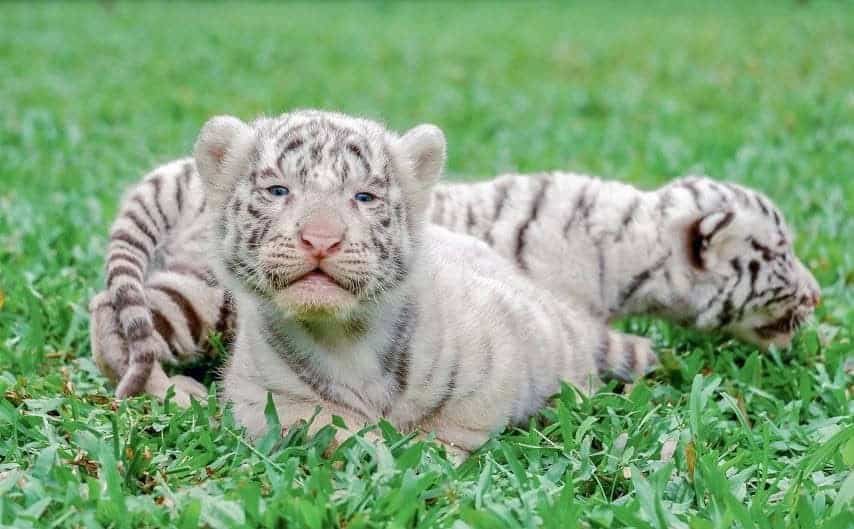
2.2 River Safari at VinWonders Nam Hoi An
The River Safari at VinWonders Nam Hoi An offers a unique opportunity to explore a diverse range of wildlife, including the rare Bengal tiger.
This safari experience combines adventure with education, allowing visitors to learn about these incredible animals while promoting conservation efforts.
Read more Wildlife News.





